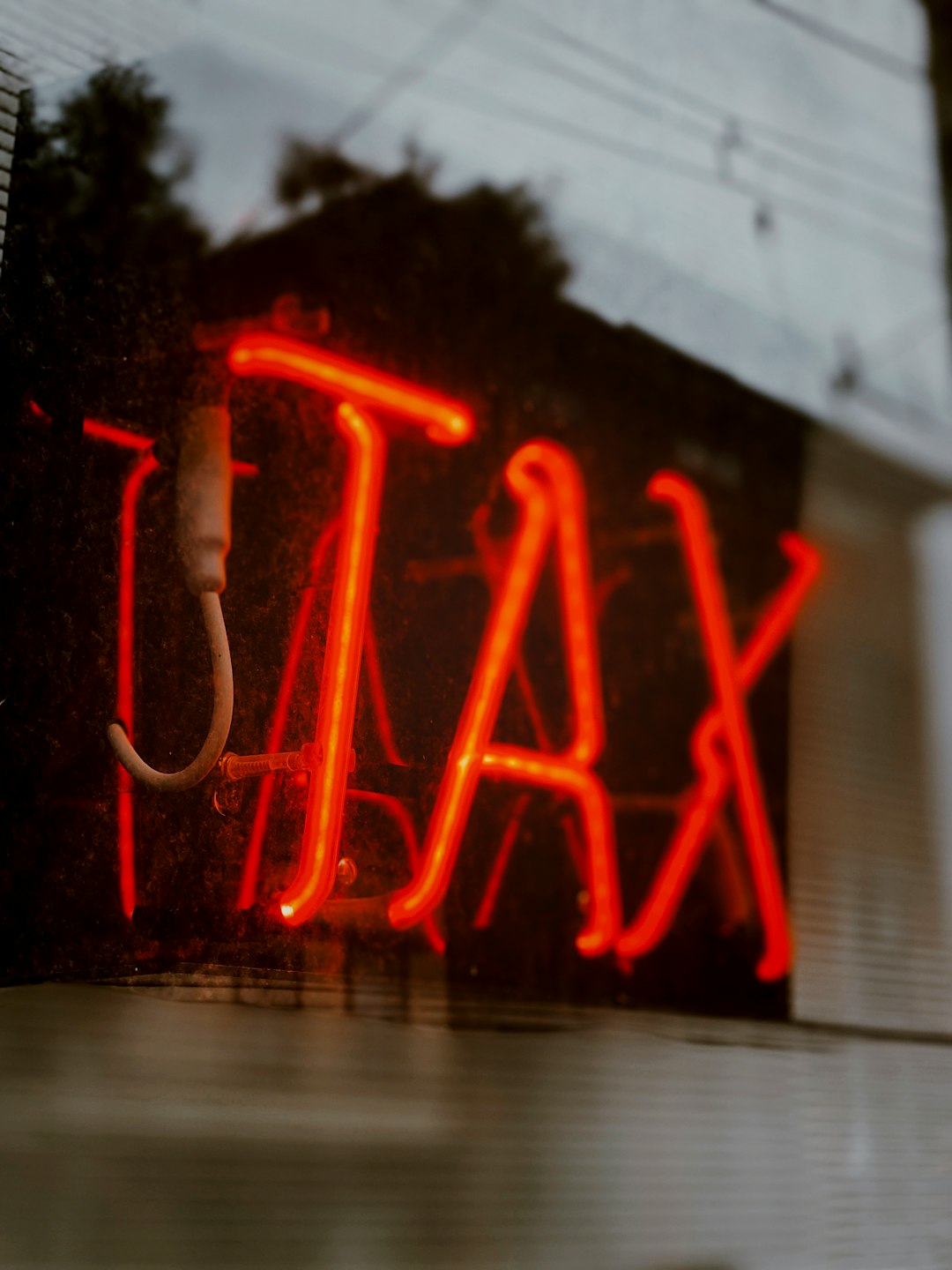Sales activity in the real estate market has been fluctuating in recent months. After experiencing some improvements in January and February, sales started to slow down in March. Compared to the previous year, the sales volume in March dropped by 4%, the lowest since the global financial crisis in 2009. Additionally, the sales volume in March was 30% lower than the ten-year average of 9,328 sales. However, the overall sales volume in Q1 of this year increased by 11% compared to last year.
In this Property Manual issue, we will examine the legislation changes in the headlines and how they affect you.
First in the news this month was the ‘Vacant Property Tax (VPT)’ that requires residents to confirm whether their property is self-occupied or tenanted to avoid paying an additional 3% of their home’s assessed value as tax. It was in the news again as the City of Toronto received 55,000 complaints from people who were sent a notice of assessment for wrongly identifying their property as vacant.
This tax, which has significant implications for property owners, has sparked a debate on whether it is a solution to the housing crisis or a contributing factor.
[This piece by Jack Mintz](https://financialpost.com/opinion/vacant-home-taxes-worsening-housing-crisis?sfmc_id=149752646) highlights that there are always reasonable motives to keep a property vacant, and having such huge costs would deter long-term residential development activity in an already slow market.Last year, the VPT generated a staggering $54M for the city by imposing an additional 1% tax on top of the property taxes of the home’s assessed value. For the upcoming tax year 2024, this rate has been increased to 3%. In practical terms, this could mean an additional $28,797.45 per year for an average Toronto home valued at $959,915, on top of your existing mortgage and maintenance costs.
On top of that, Mayor Chow has added a 9.5% property tax bill to Toronto property owners. “You can’t tax your way to affordability.” Tim Hudak, CEO of the Ontario Real Estate Association, said it right.
The additional vacant property tax will surely increase the city’s revenue and the housing supply in the rental market. This will alleviate the housing shortage and reduce rent prices.
VPT could not impact the supply of properties for sale if the owner is unable or unwilling to occupy the property. At most, this VPT may deter speculative investing, knowing that properties will stay in the market longer and renting negatively affects the sale by filtering out end users. The property tax increase will add to the unaffordability overall and push some to sell some investment properties, not the principal residence.
Speaking of investments, on a national level, the federal government is implementing Capital Gains Tax changes that will raise an estimated $19.4 billion in five years. The federal government is increasing the inclusion rate to two-thirds from one-half on capital gains above $250,000 realized annually by individuals and on all capital gains realized by corporations and trusts.
The proposed higher new rate kicks in June 25, 2024, the government announced in Budget 2024.
The government said the changes will impact the wealthiest 0.13 percent of Canadians, or 40,000 people each year, and about 12 percent of the country’s corporations. Nothing has changed in the principal residence tax laws.
If you own more than one property and the other is vacant, you might think hard when voting happens.
Until next time, thank you for sharing this with people you know would enjoy reading and following The Property Manual.
Disclaimer: The views and opinions expressed in this newsletter are those of the author and do not necessarily reflect the official position of any organization or institution. The information provided in this newsletter is for educational and informational purposes only. It should not be construed as professional or legal advice. While every effort has been made to ensure the accuracy and completeness of the information, the author and publisher cannot guarantee its accuracy or completeness. The author and publisher are not responsible for any errors, omissions, or consequences arising from using the information in this newsletter. The author and publisher encourage readers to seek professional advice before making decisions based on this newsletter’s information. This newsletter is not intended to defame, harm, or offend any person or entity.

